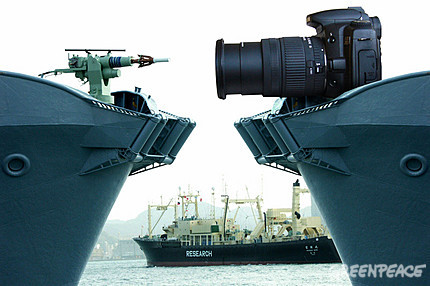Looks like my XT is a thing of the past. Canon have announced the 450D, or Rebel XSi as it’s annoyingly going to be called here in the US.
According to PopPhoto.com, a very nice feature list includes:
• a 3-inch 230K dot LCD like the 1Ds Mark III.
• a Digic III processor.
• 14-bit A/D conversion.
• 4% spot meter (hooray!)
• The burst rate jumps to 3.5 fps for 6 RAW or 45 JPEGS.
• It’s the first EOS to take only SD cards — no CF cards here!
• Like the EOS 1D Mark III, EOS 40D, and 1Ds Mark III, it has Live View Mode
• Of course it’s got a self-cleaning sensor.
Note that it only takes SD cards, so if you’re upgrading from another Rebel, you’ll be stuck with a bunch of CF cards. But the spot metering, larger LCD, 12.2 megapixels and Digic III processor look like winners. Not sure I’d use the LiveView much, but I guess for some it’ll be handy – like macro photographers, for example.
And it’s available for pre-order (with an April 15th release) at Amazon for $799 body only , or with the 18-55mm f/3.5-5.6 IS
, or with the 18-55mm f/3.5-5.6 IS lens for $899.
lens for $899.
(sorry for the lack of posts, by the way – we were away in LA, and then I’ve been swamped with a work backlog since my return)
I’d got for Christmas.

 My friend
My friend  Apple’s announcement of the new tiny
Apple’s announcement of the new tiny  The folks who brought you the very successful website/magazine combo
The folks who brought you the very successful website/magazine combo